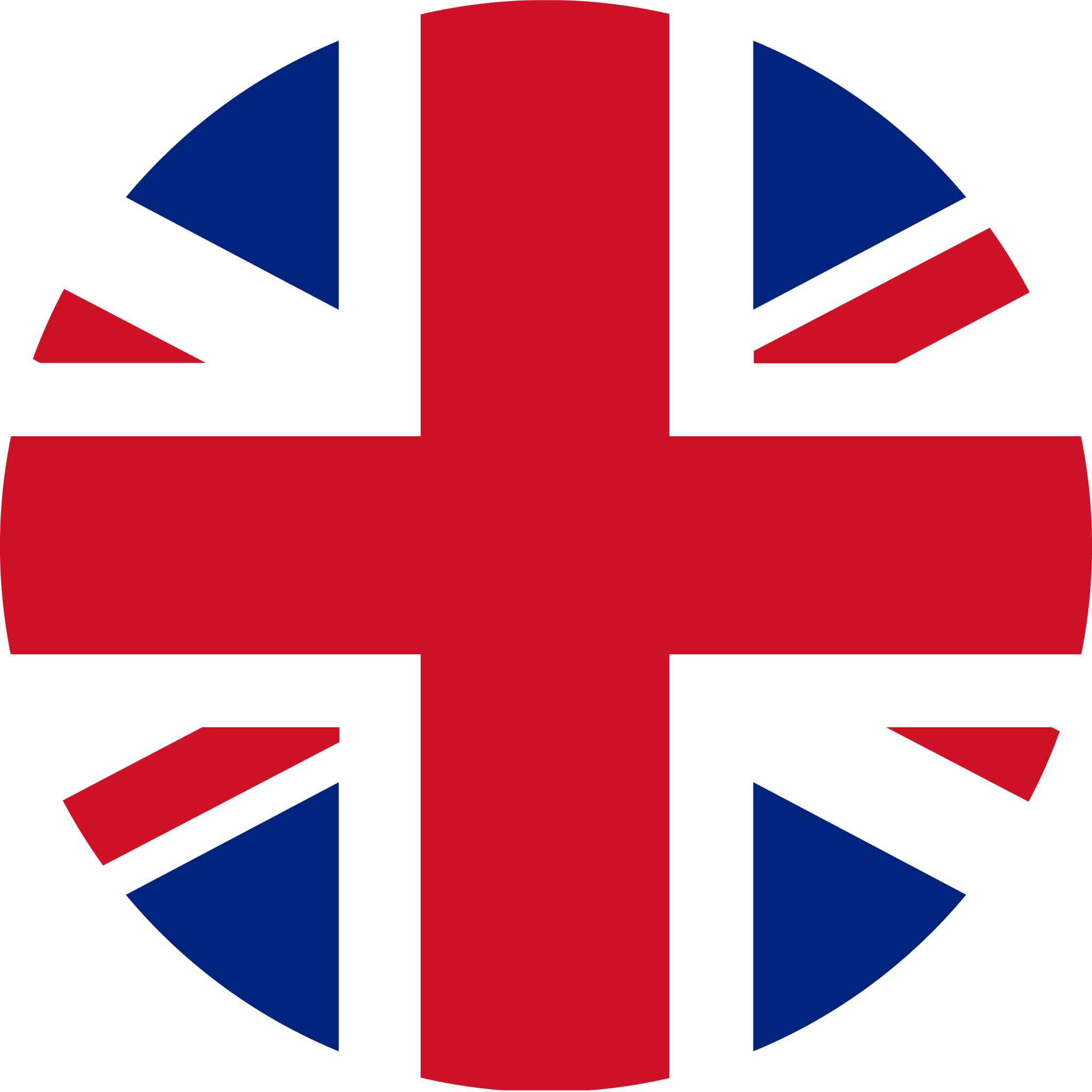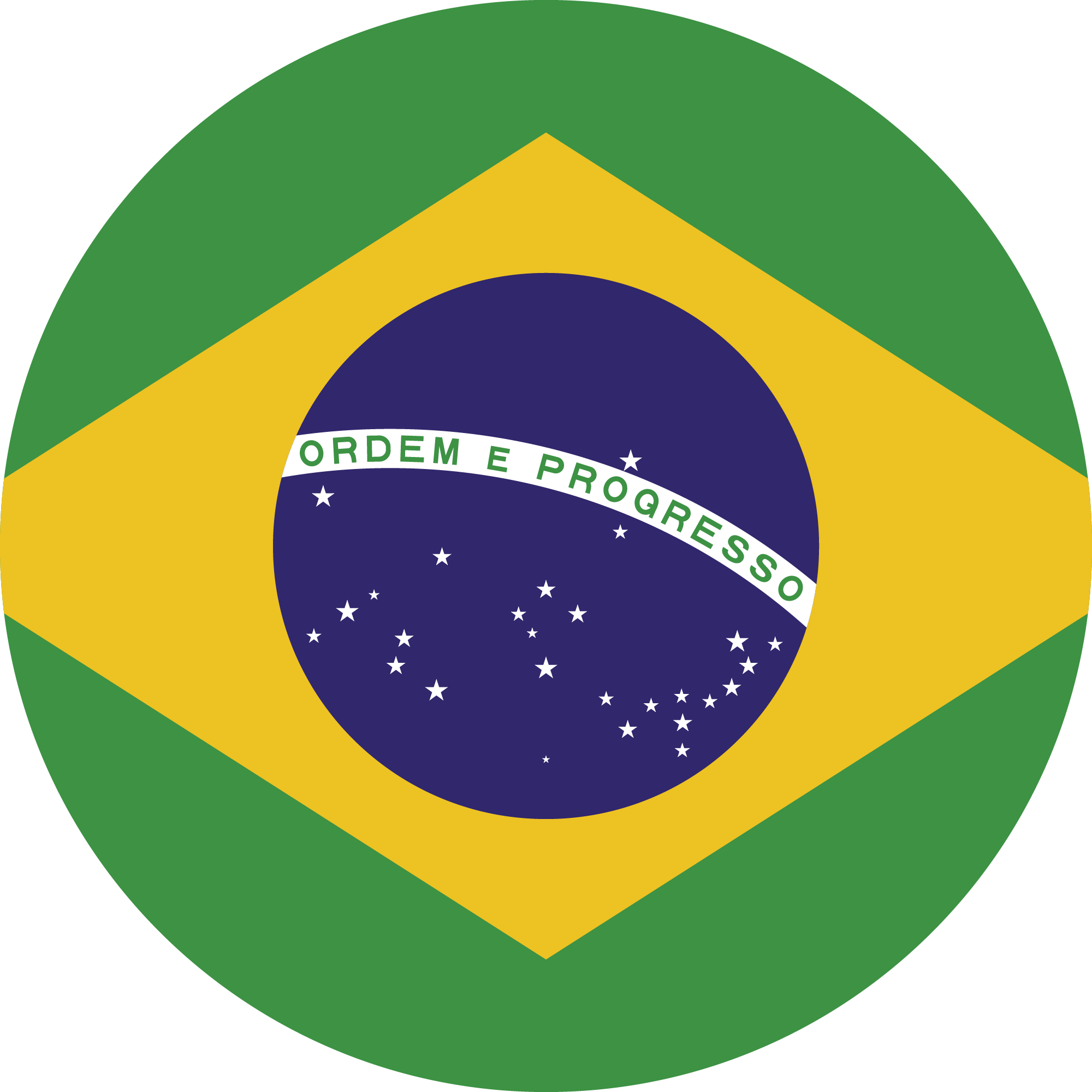Young learners, especially those studying in bilingual or English-speaking environments, need to be able to understand math symbols in English as a vital skill. These symbols are a type of language that is used to solve problems, compare numbers, and comprehend patterns. In this post, we’ll explore the most common English math symbols in a clear and easy-to-read table, learn how to use each symbol correctly in context, and look at sample sentences to help kids and parents practice using them in everyday math conversations.
Learn English with EnglishCentral Kids
Would you like to take your child’s learning journey further? EnglishCentral Kids provides a fun and successful education with 25 minute one-on-one lessons for all ages and levels, along with lesson reports afterwards. There are fun and educational video lessons for your child to explore, and an AI tutor MiMi that will help your child with their English learning journey. Quizzes, interactive activities and entertaining vocabulary learning tools are gathered all on one platform and tailored according to your child’s level and needs.
Our courses are tailored to your child’s age, English level, and interests, making learning enjoyable and effective. Each course includes colorful videos, age-appropriate vocabulary practice, and engaging interactive activities.
Gamified elements and creative exercises encourage active participation, helping kids not only learn but also develop a positive attitude towards English.
Sign up to EnglishCentral Kids today for your child, keep learning and practicing!
English Math Symbols
| Name | Symbol |
|---|---|
| Plus | + |
| Minus | − |
| Multiplied by | × |
| Divided by | ÷ |
| Plus or Minus | ± |
| Is equal to | = |
| Is not equal to | ≠ |
| Is similar to | ~ |
| Approximately equal to | ≈ |
| Is congruent to | ≅ |
| Is greater than | > |
| Is less than | < |
| Is greater than or equals | ≥ |
| Is less than or equals | ≤ |
| Implies | ⇒ |
| Theta | θ |
| Sigma | Σ / σ |
| Alpha | α |
| Beta | β |
| Omega | Ω / ω |
| Delta | Δ / δ |
| Pi | π |
| Degrees | ° |
| For all | ∀ |
| Integral | ∫ |
| Factorial | ! |
| Square root of | √ |
| Angle | ∠ |
| Right angle | ∟ |
| Braces (grouping) | { } |
| Brackets | [ ] |
| Parentheses (grouping) | ( ) |
| Perpendicular | ⊥ |
| Exists | ∃ |
| Percent | % |
| Intersection of two sets | ∩ |
| Union of two sets | ∪ |
| Subset | ⊆ |
| Proper subset | ⊂ |
| Empty set | ∅ |
| Belongs to | ∈ |
How To Use English Math Symbols
Here are some Math symbols and how to use them:
Plus
Symbol: (+)
Pronunciation: /plʌs/
Example: Three plus two equals five (3 + 2 = 5)
Minus
Symbol: (–)
Pronunciation: /ˈmaɪ.nəs/
Example: Seven minus four equals three (7 – 4 = 3)
Multiply
Symbol: (×)
Pronunciation: /ˈmʌl.tə.plaɪ/
Example: Four multiplied by three equals twelve (4 × 3 = 12)
Divide
Symbol: (÷)
Pronunciation: /dɪˈvaɪd/
Example: Eight divided by two equals four (8 ÷ 2 = 4)
Equal
Symbol: (=)
Pronunciation: /ˈiː.kwəl/
Example: Two plus two equals four (2 + 2 = 4)
Approximately Equal
Symbol: (≈)
Pronunciation: /əˈprɑːk.sə.mət.li/ /ˈiː.kwəl/
Example: Pi is approximately equal to three point one four (π ≈ 3.14)
Greater Than
Symbol: (>)
Pronunciation: /ˈɡreɪ.t̬ɚ/ /ðæn/
Example: Five is greater than three (5 > 3)
Less Than
Symbol: (<)
Pronunciation: /les/ /ðæn/
Example: Two is less than six (2 < 6)
Sample Sentences Related to English Math Symbol
-I had 2 apples, and my mom gave me 3 more. So, 2 plus 3 is 5 apples
-I had 10 candies, and I ate 4. Now I have 10 minus 4 equals 6 candies.
-I bought 3 packs of pencils, and each pack has 4 pencils. That’s 3 multiplied by 4 equals 12 pencils.
-I shared 8 cookies with 4 friends. So 8 divided by 4 equals 2 cookies each.
-My toy car weighs the same as my brother’s truck. So their weights are equal.
-In science class, we named the first group Alpha and the second group Beta.
-We used pi (π) to find how round our pizza is.
-The corner of the table makes a right angle.
-All kids who like pizza or ice cream belong to the union of the two groups.
-The colors red and blue are a subset of the rainbow colors.
-We haven’t learned integrals yet, but they help find total distance or area.
Frequently Asked Questions About English for Kids – Math Symbols in English
Why should kids learn math symbols in English?
Understanding math problems written in English, especially in bilingual or international classrooms, can be achieved by learning math symbols in English. It builds a strong foundation for understanding word problems, instructions, and equations. Since math is often taught through both symbols and language, knowing English terms improves both language and math skills. It also prepares children to use English learning tools, games, and apps.
How can parents help children learn math symbols in English?
Using everyday objects to illustrate math problems and pronouncing the symbols in English (e.g., ‘Three plus two equals five’) can assist parents in supporting their child. Flashcards, fun worksheets, or online games are great tools for reinforcement. Both symbol recognition and vocabulary can be improved by reading math-themed storybooks or watching educational videos in English. Making learning playful and hands-on keeps kids engaged and curious.
What is a good age to start learning math symbols?
At the age of 4 to 5, most children are able to start learning basic math symbols such as +, , and = when they start counting and doing simple math. At this stage, learning is mostly visual and hands-on. As their number sense grows, they can understand more complex symbols like ×, ÷, and <, >. Introducing math symbols early, in fun and age-appropriate ways, builds confidence and readiness for school.
How do you explain “greater than” and “less than” to kids?
The ‘alligator mouth’ trick can be a fun way to explain these – the alligator always wants to eat the larger number! For example, in 5 > 2, the open mouth faces the 5 because it’s greater. You can use toys or drawings to show the comparison in a visual way. Using full English sentences like ‘Five is greater than two’ to reinforce both math and language can be done by saying it out loud.
You can access everything your child needs to learn English on a single platform! With 25-minute live lessons guided by teachers specialized in child education, entertaining and instructive interactive videos designed for child development, vocabulary learning tools, the AI Tutor MiMi, quizzes, and interactive activities, EnglishCentral Kids offers a personalized and quality education plan tailored to your child’s needs at affordable prices. How about registering for EnglishCentral Kids now and starting your child’s English learning journey?











